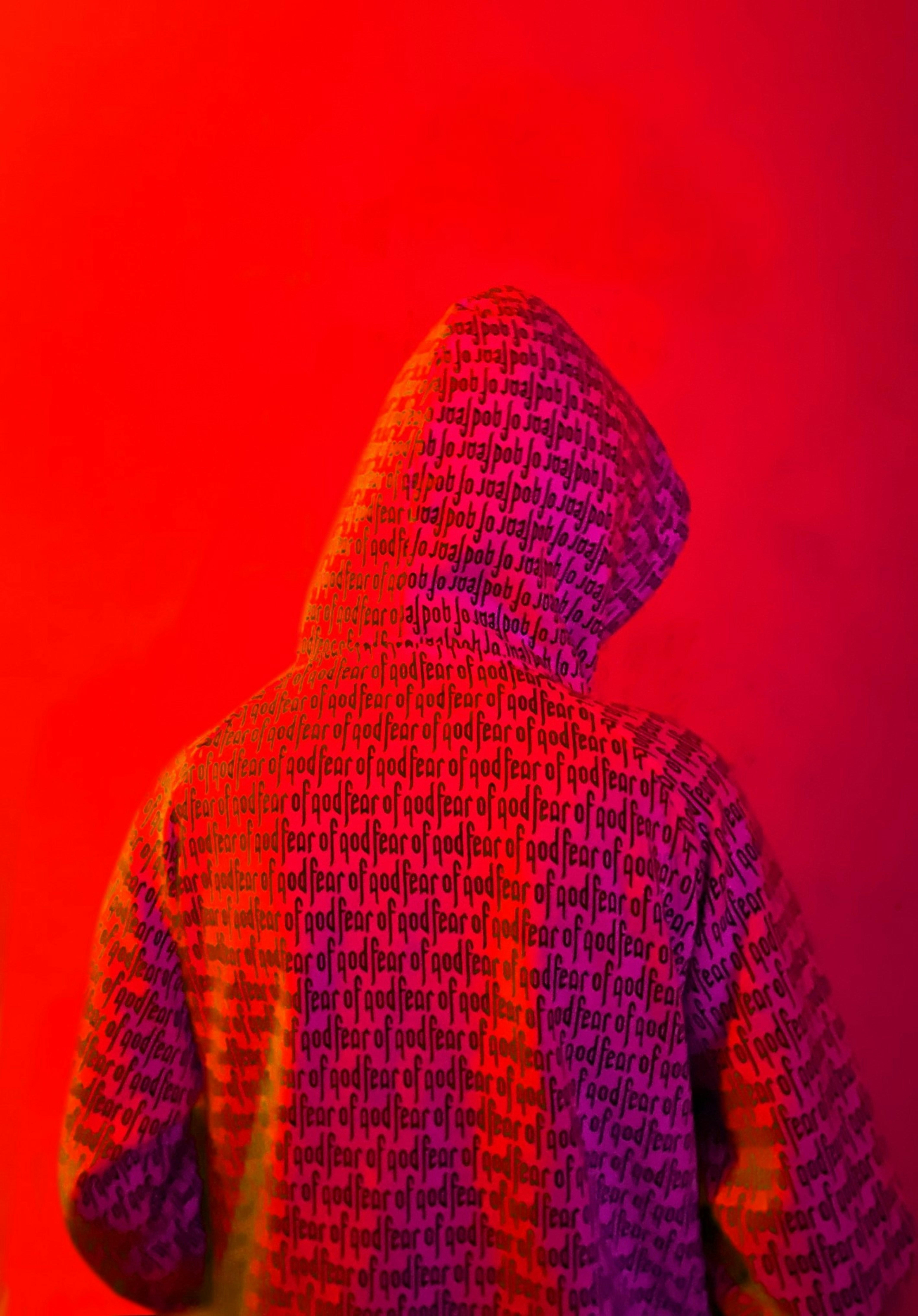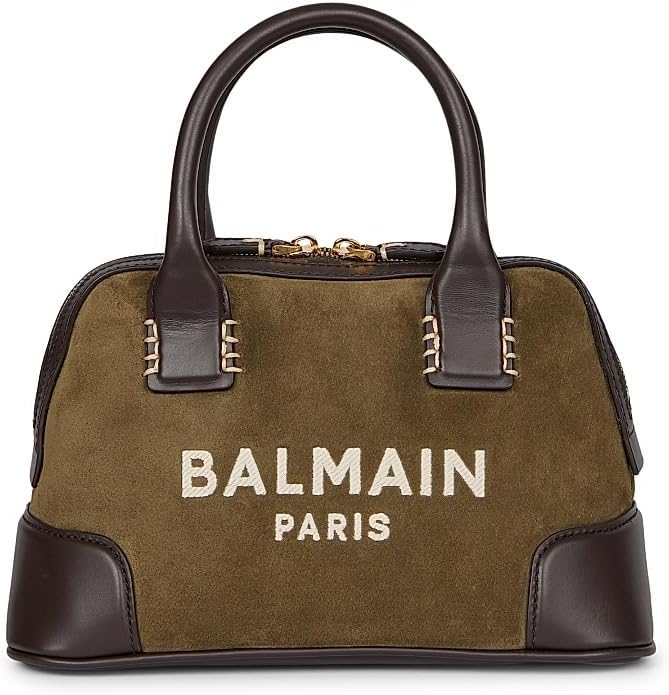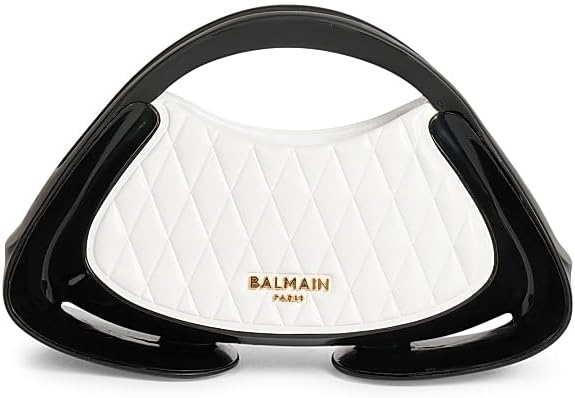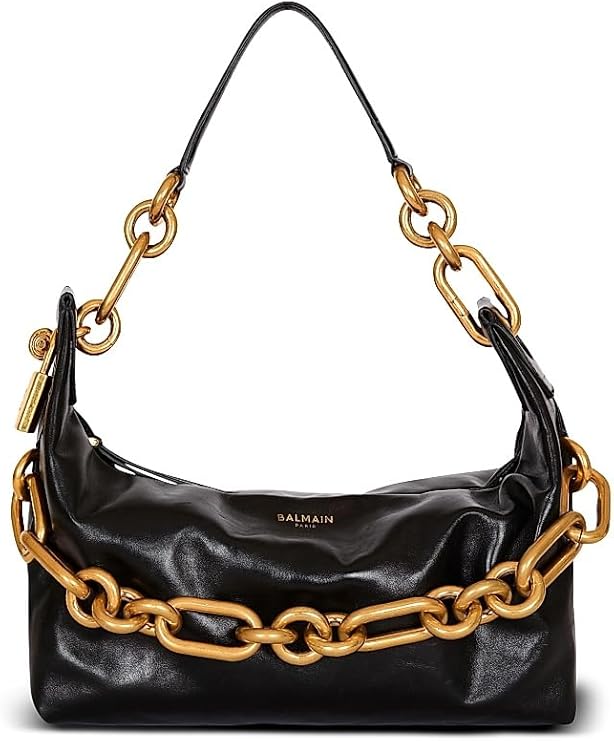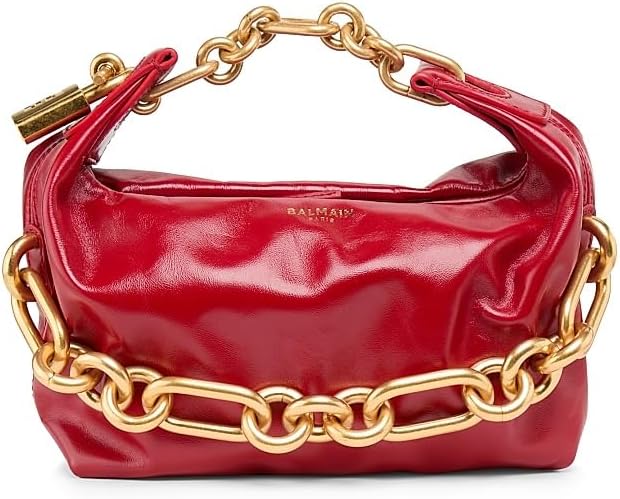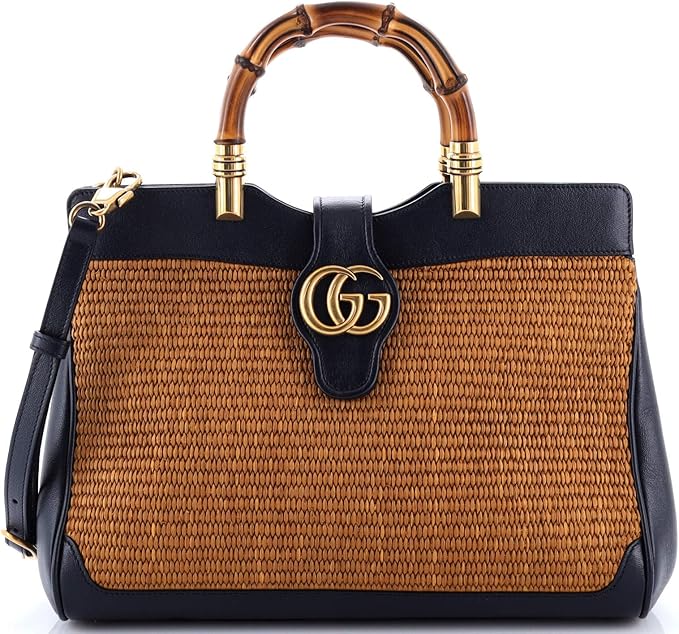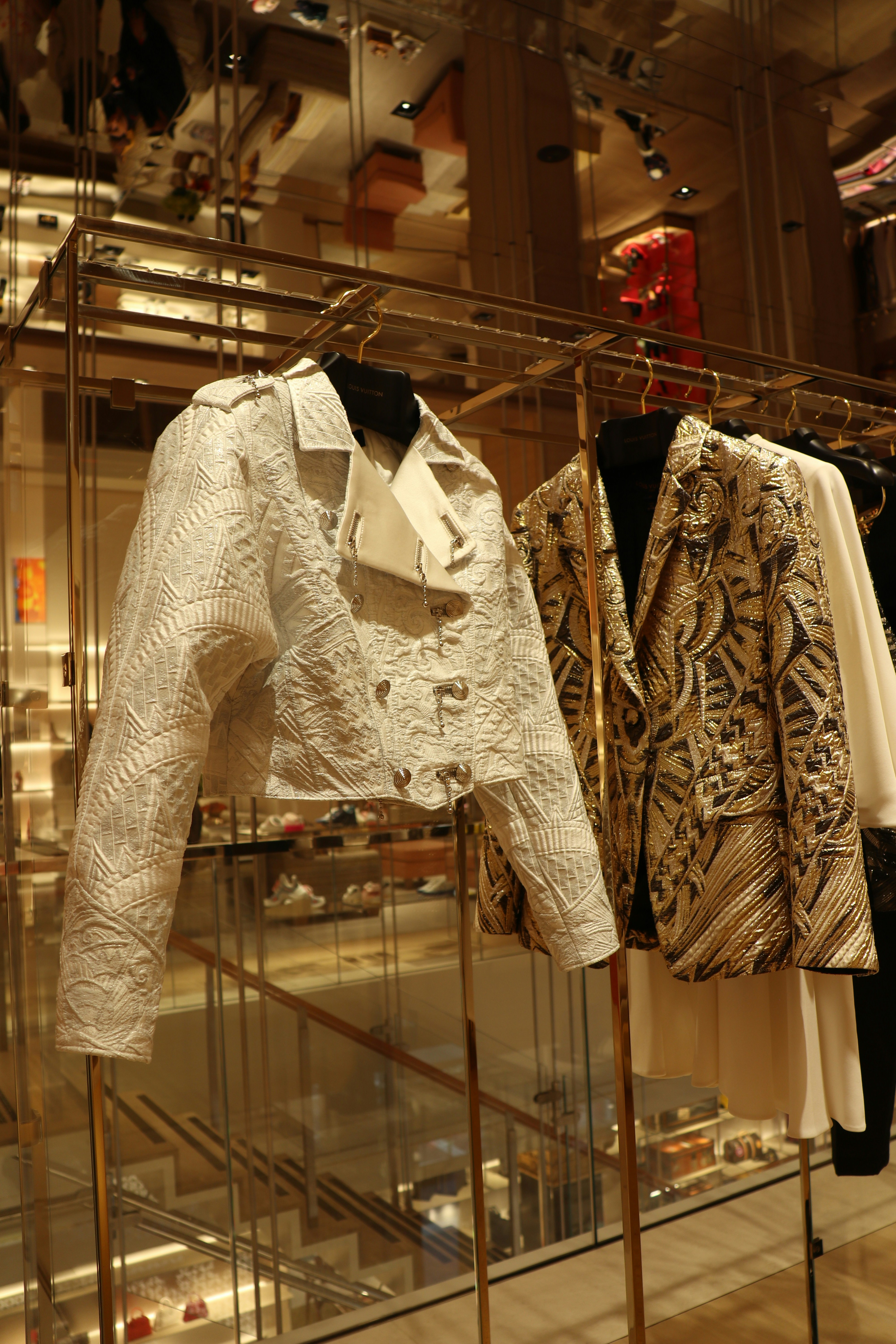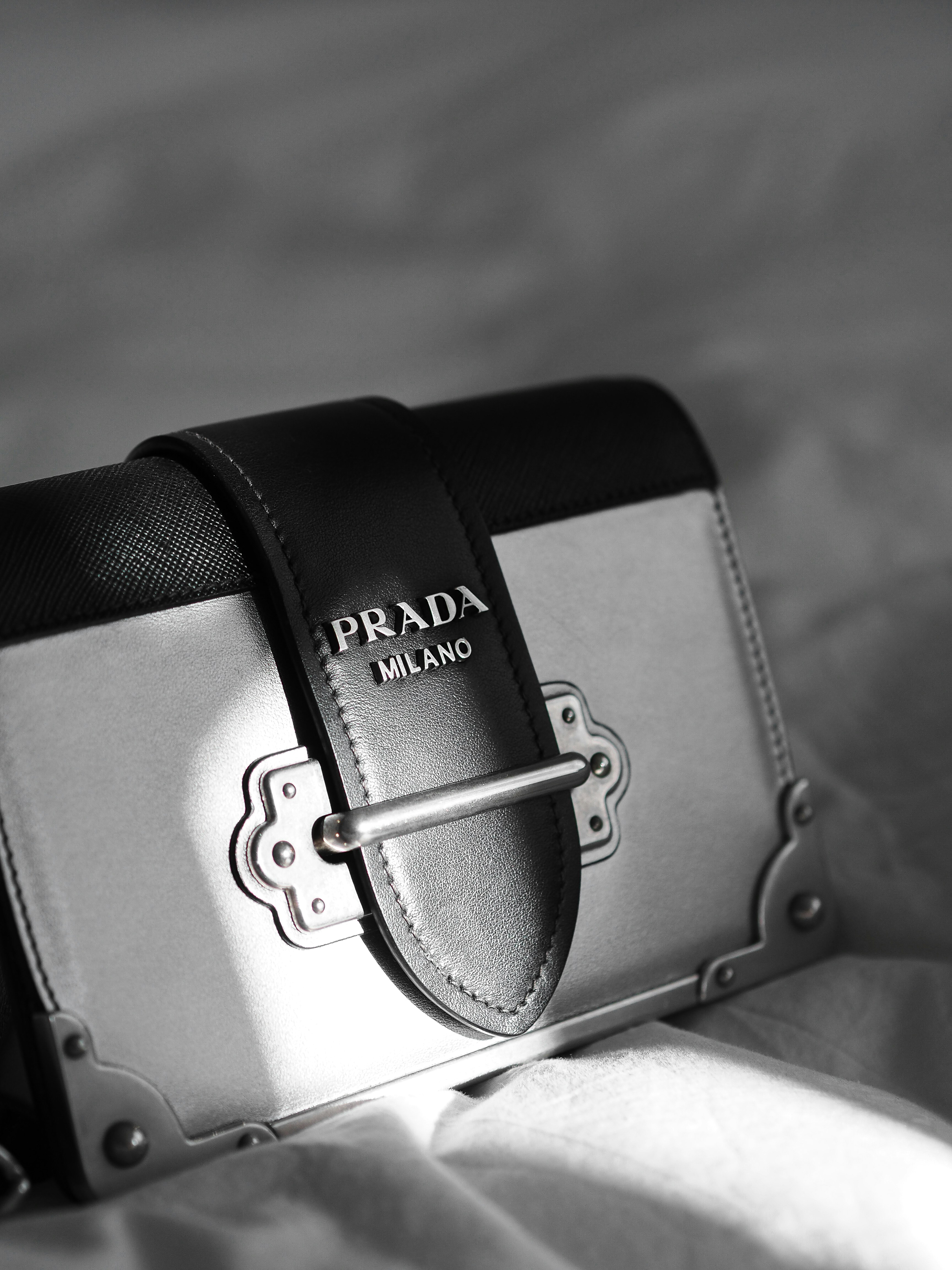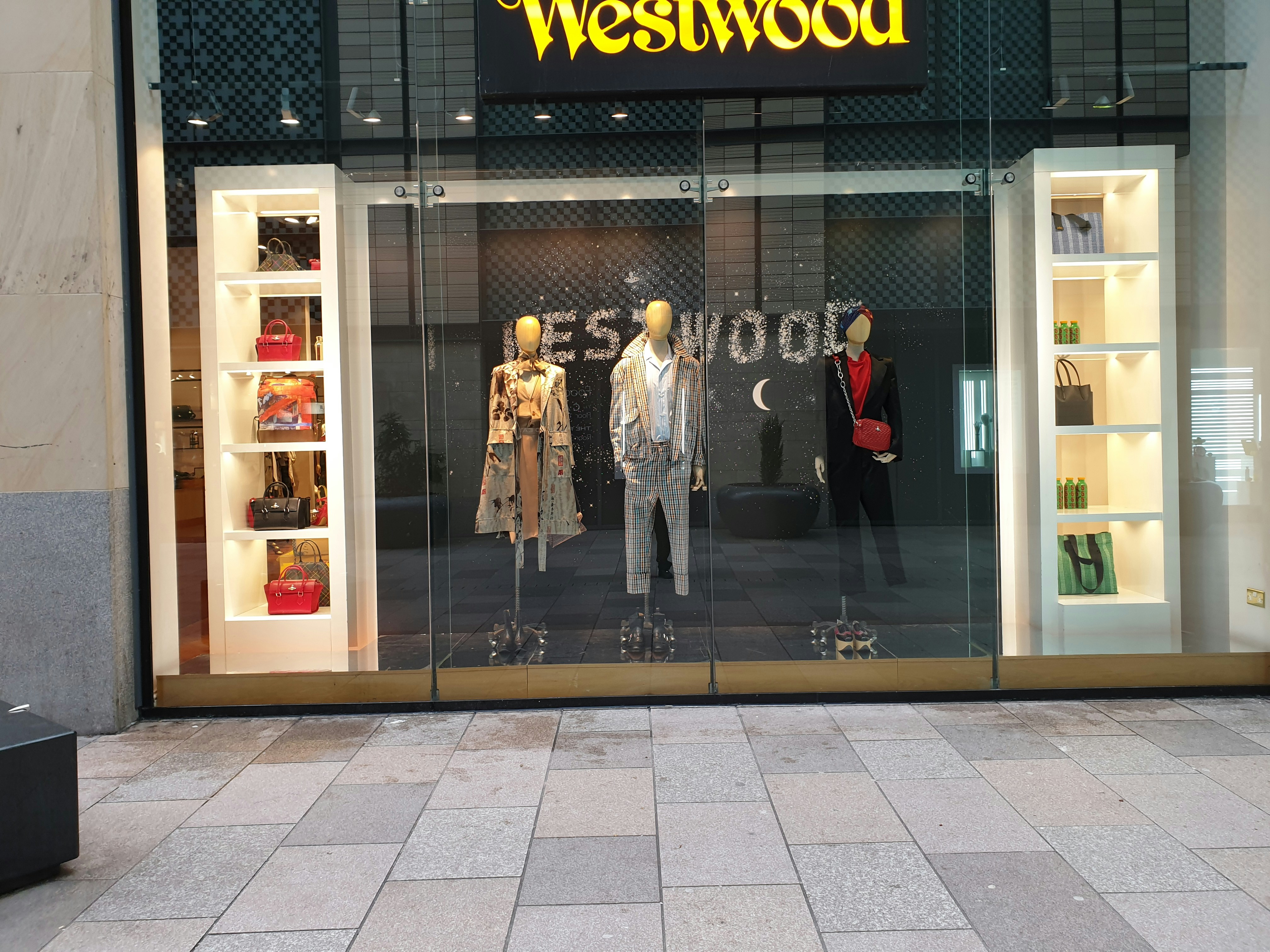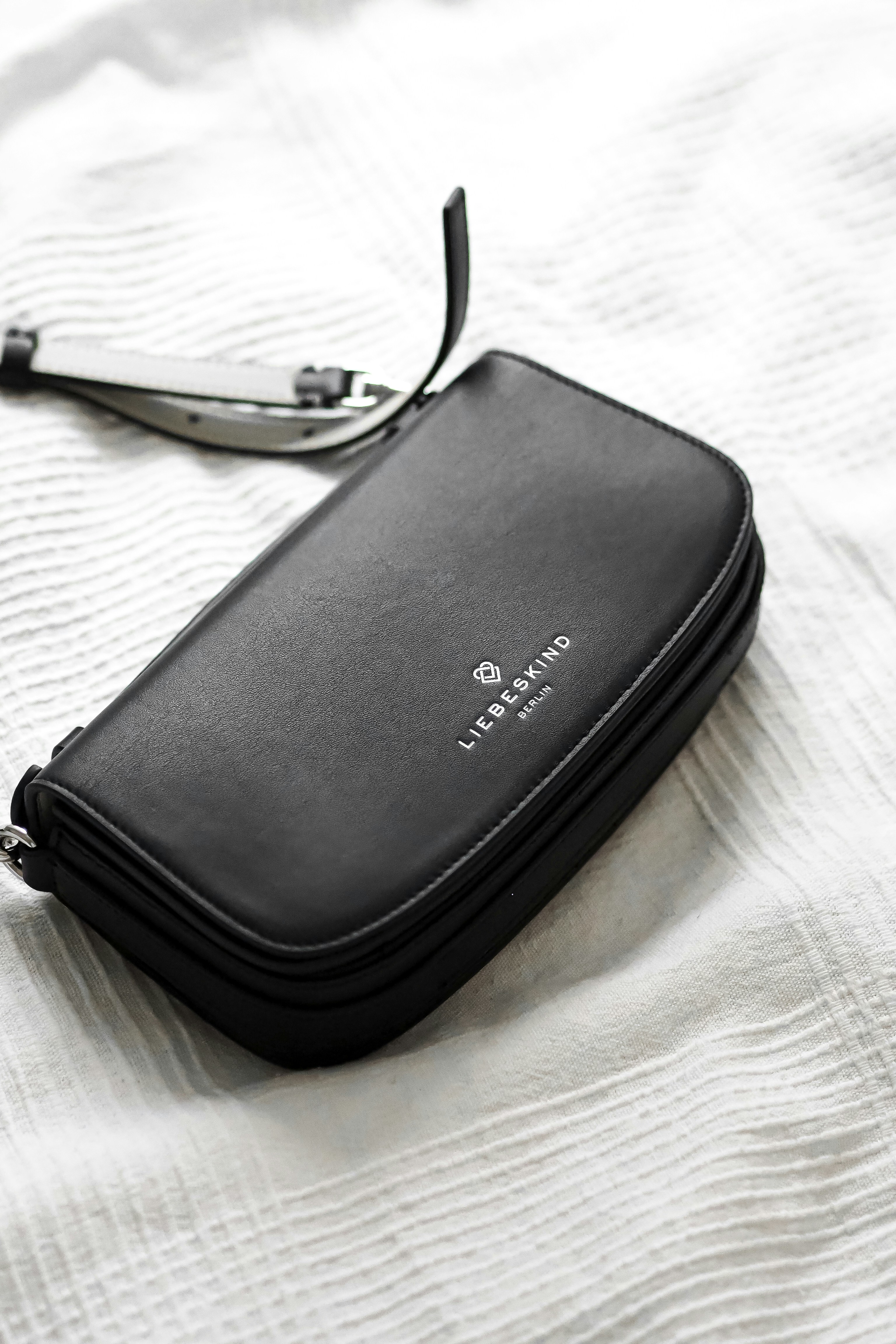Introduction to Fear of God and Its Aesthetic
Fear of God, founded by Jerry Lorenzo in 2013, represents a significant shift in contemporary fashion, blending the casual appeal of streetwear with the refined elements of high-end design. The brand has garnered attention not only for its unique style but also for its distinctive philosophy, which emphasizes the importance of individuality and self-expression in clothing. Lorenzo aims to create pieces that encourage wearers to interpret fashion in a personal and meaningful way, making Fear of God more than just a label.
The aesthetic of Fear of God is characterized by an oversized silhouette, muted color palettes, and a focus on layering that reflects a modern, urban lifestyle. This innovative design approach sets the brand apart in the competitive fashion landscape, where artists and designers continually seek to redefine traditional concepts of luxury and everyday wear. The fusion of streetwear culture with luxury attributes has resonated with a diverse audience, enabling the brand to cultivate a loyal following among fashion enthusiasts and celebrities alike.
A key element of Fear of God’s identity is its commitment to craftsmanship and quality materials. Each collection is carefully constructed, ensuring that the pieces not only look refined but are also functional and comfortable. This attention to detail plays a crucial role in the brand’s appeal, as it successfully challenges the stereotype that streetwear lacks sophistication. As the brand evolved, the introduction of the 2018 diffusion line marked another pivotal moment, further solidifying Fear of God’s presence in the luxury market and elevating the concept of basics in everyday fashion.
The 2018 Diffusion Line: Key Features and Offerings
The Fear of God 2018 diffusion line introduced a fresh perspective on elevated basics, presenting a collection that seamlessly combined comfort with sophistication. One of the defining characteristics of this line is its unique approach to minimalism, with a strong emphasis on neutral palettes. These tones not only enhance the versatility of the garments but also allow for easy integration into a variety of wardrobes, appealing to a broad audience. This strategic choice underscores the brand’s ethos of creating timeless pieces that resonate with modern sensibilities.
Among the standout offerings, the logo sweatshirt emerged as a significant highlight. This particular piece encapsulates the spirit of the diffusion line, showcasing simplicity while maintaining an air of luxury. The understated branding, paired with high-quality materials, reinforces the notion of elevated basics—garments that are both functional and stylish. The logo sweatshirt serves as a testament to the brand’s commitment to comfort, featuring a relaxed fit that is suitable for everyday wear, yet polished enough for various occasions.
In addition to the logo sweatshirt, the diffusion line features an array of pieces crafted from premium materials, enhancing the overall experience of wearing Fear of God. Each item reflects meticulous attention to craftsmanship, ensuring durability and aesthetic appeal. Fabrics are selected not only for their quality but also for their ability to drape elegantly, further exemplifying the ethos behind elevated basics. The cut and construction of these garments prioritize comfort without sacrificing style, making them essential additions to any modern wardrobe.
Ultimately, the 2018 diffusion line by Fear of God redefined what it means to embrace elevated basics, offering a curated selection that balances comfort, quality, and fashion-forward thinking. Its impact resonates within the fashion industry, influencing trends and encouraging a movement toward simpler, yet sophisticated clothing options.
The Influence of Neutral Palettes in Contemporary Fashion
In recent years, the fashion landscape has experienced a notable shift towards neutral palettes, a trend significantly influenced by brands like Fear of God. The adoption of soft, muted tones in clothing is not merely a stylistic choice; it reflects a broader movement towards minimalism and versatility in contemporary fashion. Neutral hues, such as beige, gray, and taupe, serve as foundational colors that effortlessly combine with diverse styles, promoting a sense of wearability that appeals to a wide audience.
Fear of God’s diffusion line, particularly its exploration of elevated basics, exemplifies the effectiveness of neutral palettes in achieving both aesthetic appeal and practicality. By focusing on understated colors, the brand allows consumers to seamlessly integrate individual pieces into existing wardrobes, enhancing the versatility of each item. This approach not only caters to the consumer’s desire for functional clothing but also creates a sophisticated ambiance within everyday fashion.
Moreover, the psychological aspect of neutral tones cannot be overlooked. Soft, muted colors often evoke feelings of calmness and sophistication, making them particularly appealing in a fast-paced world. As such, garments in these shades often convey an air of understated luxury. Other prominent brands, such as Acne Studios and Raey, have similarly embraced neutral palettes, further evidencing the movement’s traction across the industry. These brands align with the Fear of God ethos, offering collections that emphasize simplicity while allowing personal expression through versatility.
Thus, as the influence of Fear of God continues to permeate contemporary fashion, the prominence of neutral palettes reinforces a shift towards timeless elegance. This trend ultimately supports modern consumers, providing them with wardrobe staples that embody both style and functionality.
Cultural Impact and Reception of the Logo Sweatshirt
The Fear of God logo sweatshirt has emerged as a significant cultural artifact within the realm of streetwear, particularly since its introduction in 2018. This garment, characterized by its minimalist aesthetic and distinct branding, has garnered considerable attention and admiration from consumers and influencers alike. The influence of this sweatshirt transcends mere fashion, intertwining with broader cultural narratives and the evolution of streetwear as a status symbol.
Celebrity endorsements have played a pivotal role in elevating the logo sweatshirt to iconic status. Notable figures, including musicians and athletes, have been observed sporting this piece, effectively legitimizing its place within mainstream fashion. Social media platforms serve as a powerful catalyst in disseminating images of celebrities in Fear of God apparel, contributing significantly to the brand’s visibility. Each appearance by a well-known personality not only reinforces the desirability of the sweatshirt but also establishes it as a symbol of contemporary luxury streetwear.
Moreover, the reception of the Fear of God logo sweatshirt can also be viewed through the lens of evolving consumer perceptions. In recent years, streetwear has transitioned from being viewed solely as casual attire to a recognized element of high fashion. This evolution has allowed items such as the logo sweatshirt to occupy a prestigious position in the wardrobes of fashion-savvy individuals. As consumers increasingly seek pieces that embody exclusivity and cultural relevance, the Fear of God sweatshirt stands out as a frontrunner.
Additionally, the sweatshirt’s design promotes versatility, making it suitable for various occasions. This adaptability resonates with consumers who value both aesthetics and functionality, further contributing to its appeal. Overall, the Fear of God logo sweatshirt encapsulates a significant moment in fashion history, demonstrating how contemporary pieces can achieve cultural significance and reshape perceptions of style. The garment not only represents a brand but also signifies an ongoing dialogue within fashion, art, and society.

